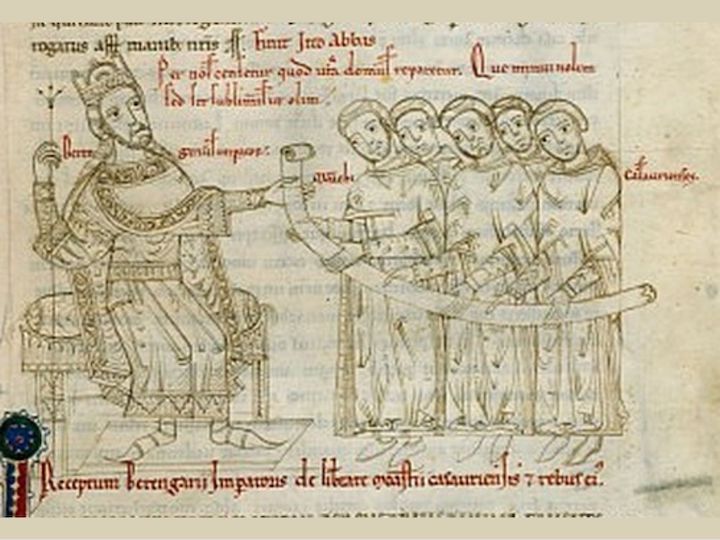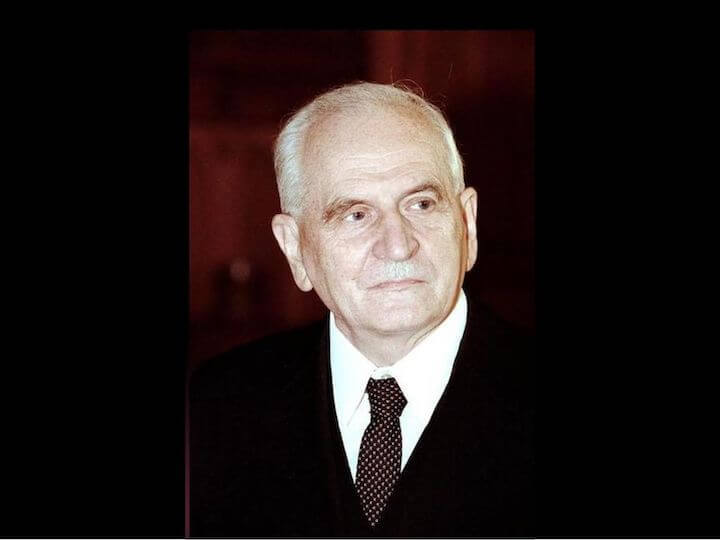
Élete végéig megmaradt közvetlen, szerény tudósnak
Ez év október 2-án lenne 105 éves Harmatta János egykori neves klasszika-filológusunk, aki nem csupán az ókori nyelvek és kultúrák szakértője volt, hanem a szkíták, szarmaták és a Hun Birodalom történetével kapcsolatos kutatásai révén ugyancsak jeles eredményeket ért el.
Előbb diplomata-püspök, később humanista tudós: Dudith András különös karrierje
Dudith [ejtsd: dudics] Andrásnak, Pécs 36. püspökének különös életpálya jutott osztályrészül. A tehetséges, horvát-olasz származású, Budán született ifjút anyai nagybátyja, Agostino Sbardellati indította el azon a diplomáciai pályán, amely a kor jellegzetességeinek megfelelően egyházi karriert is jelentett egyben.


Mese kicsiknek-nagyoknak. A népmese napjára
„Ecczö' vót, hô nem vót, hetethét országon túl, még azon is túl, kidő't kemönczének bédö't ódalába ėgy jegönyefa, annak a jegönyefának vót 65 ága s azon mindön ágán 66 varjú; a ki az én beszédömöt meg nem ha'gassa, vá'ja ki a szömit.” (Csihán királyurfi. In Kríza János: Vadrózsák Székely népköltési gyűjtemény I. kötet. Kolozsvár, 1863)
„Nini! hogy ugrálnak ki a rókák!” A pákozdi csata, 1848. szeptember 29.
Százhetvenöt esztendővel ezelőtt, miután Bécs észak-itáliai helyzetét stabilizálta, elérkezettnek látta az időt, hogy a horvátokat felhasználva rendezze a magyar kérdést, és egyoldalúan visszavonja az áprilisi törvényeket.

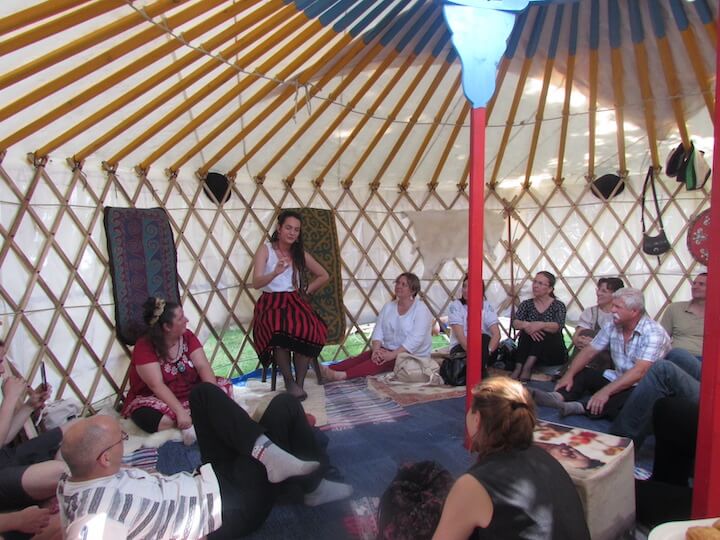
A mesemondás fennmaradása – A népmese napja alkalmából
A népmese napját a magyar nyelvterületen – Benedek Elek születésnapján – szeptember 30-án ünnepelik. 18 éve a Magyar Olvasástársaság előreterjesztésére indult el a kezdeményezés a népmesék fennmaradása és a mesékben élő bölcsesség továbbhagyományozása céljából. Ma már a magyar nyelvterület csaknem minden régiójában megemlékeznek erről a napról, amely nemcsak a népmese, hanem a mesemondás ünnepe is lett.
Himod-Káposztás honfoglalás és kora Árpád-kori temetőjének egy különleges lelete
A Kapuvár–Répcelak közti gázvezeték fektetését megelőző régészeti feltárások során, Himodtól keleti irányban, a nyomvonal mintegy 500 m hosszú és 7 m széles szakaszán, ős- és középkori telepjelenségek mellett tártak fel egy Karoling-kori temető 25, illetve egy honfoglalás és kora Árpád-kori nyughely 86 síros részletét is.

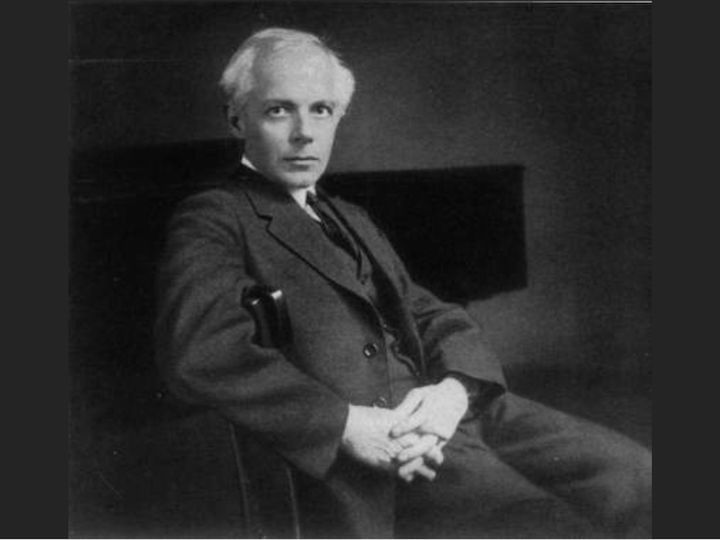
„Szeretnék hazamenni, de végleg…”
Ma 78 esztendeje annak, hogy hosszas betegeskedést követően, hazájától távol, a New York-i West Side Hospitalban elhunyt a XX. század egyik legjelentősebb művésze, Bartók Béla.
Megjelent a Magyarságkutató Intézet Trianon Kutatócsoportja történésze, Raffay Ernő új könyvsorozatának első kötete
Az 1914 előtti évtizedben véglegessé formálódott a két nagyhatalmi tömb katonai szövetsége.
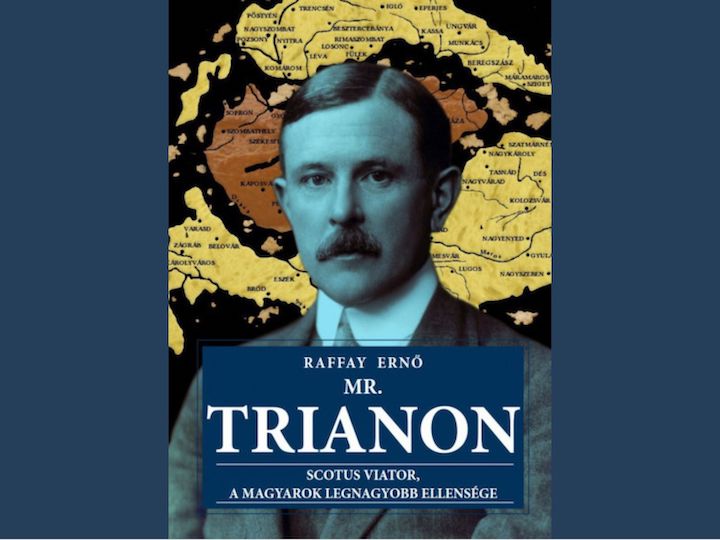
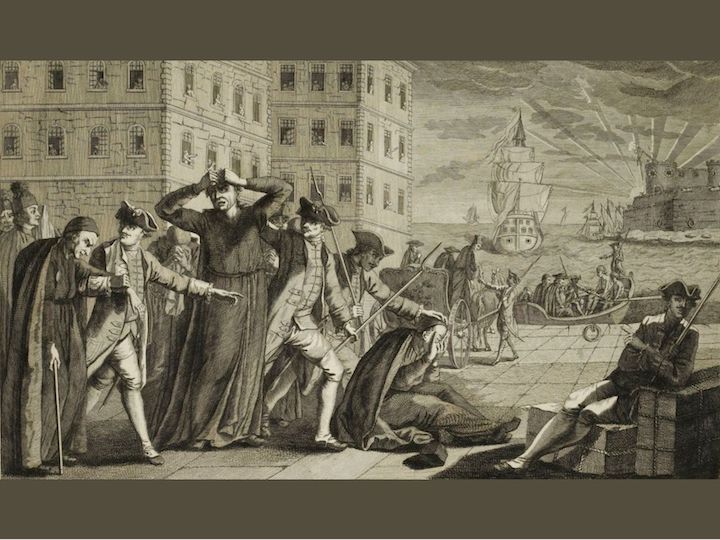
Mária Terézia könnyekkel küszködve írt alá…
250 éve, 1773. szeptember 21-én hirdette ki Mária Terézia a jezsuita rend feloszlatásáról rendelkező pápai bullát. A szerzetesrend feloszlatása korának egyik legnagyobb horderejű és hatású eseménye volt.
A brentai csata és a tanulékony Berengár
899. szeptember 24-én Észak-Itáliában a Brenta folyó partján, egy közelebbről meg nem határozható helyen a magyarok győzelmet arattak I. Berengár itáliai uralkodó (888–915 között király, 915–924 között császár) számbeli fölényben lévő hadereje felett.
